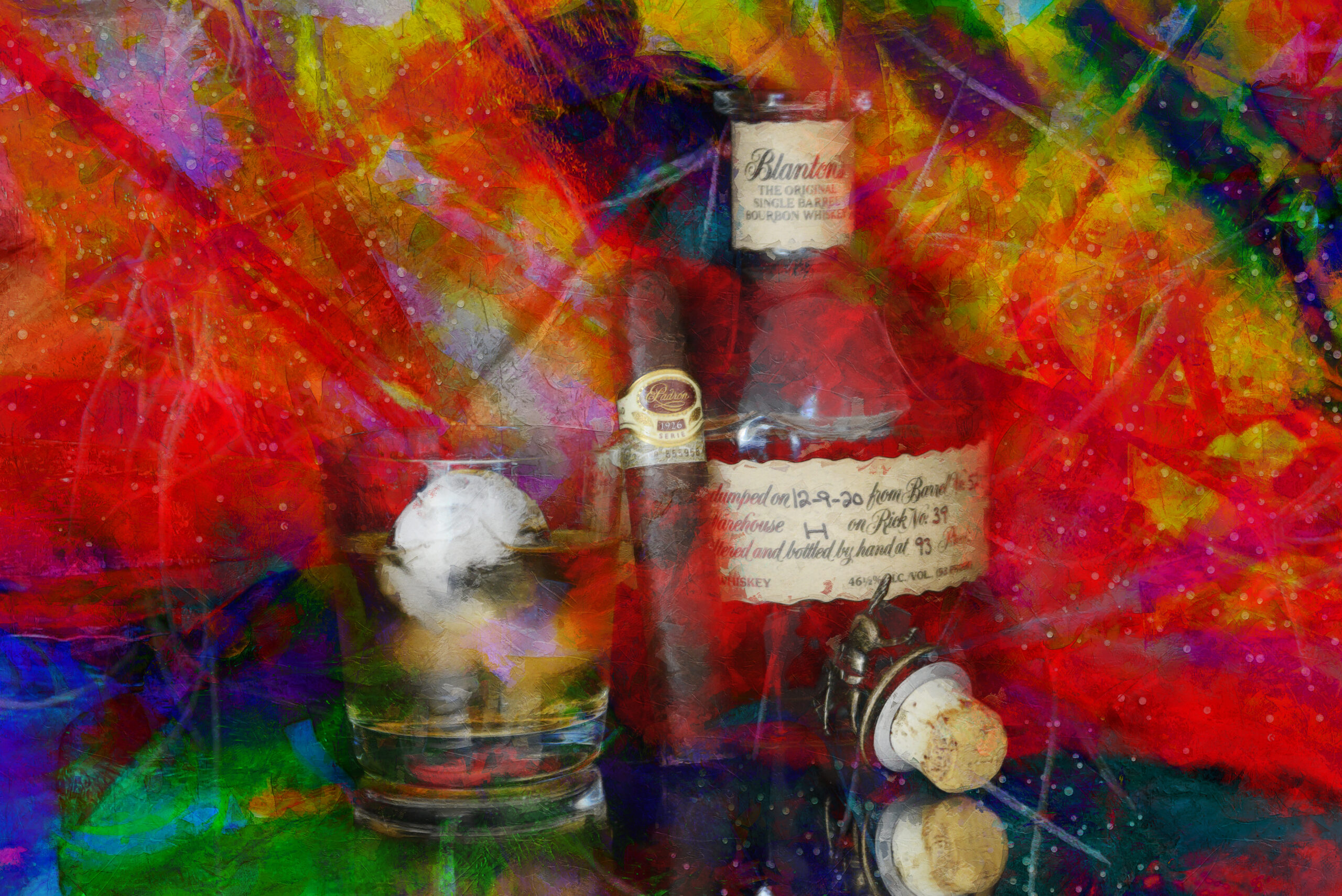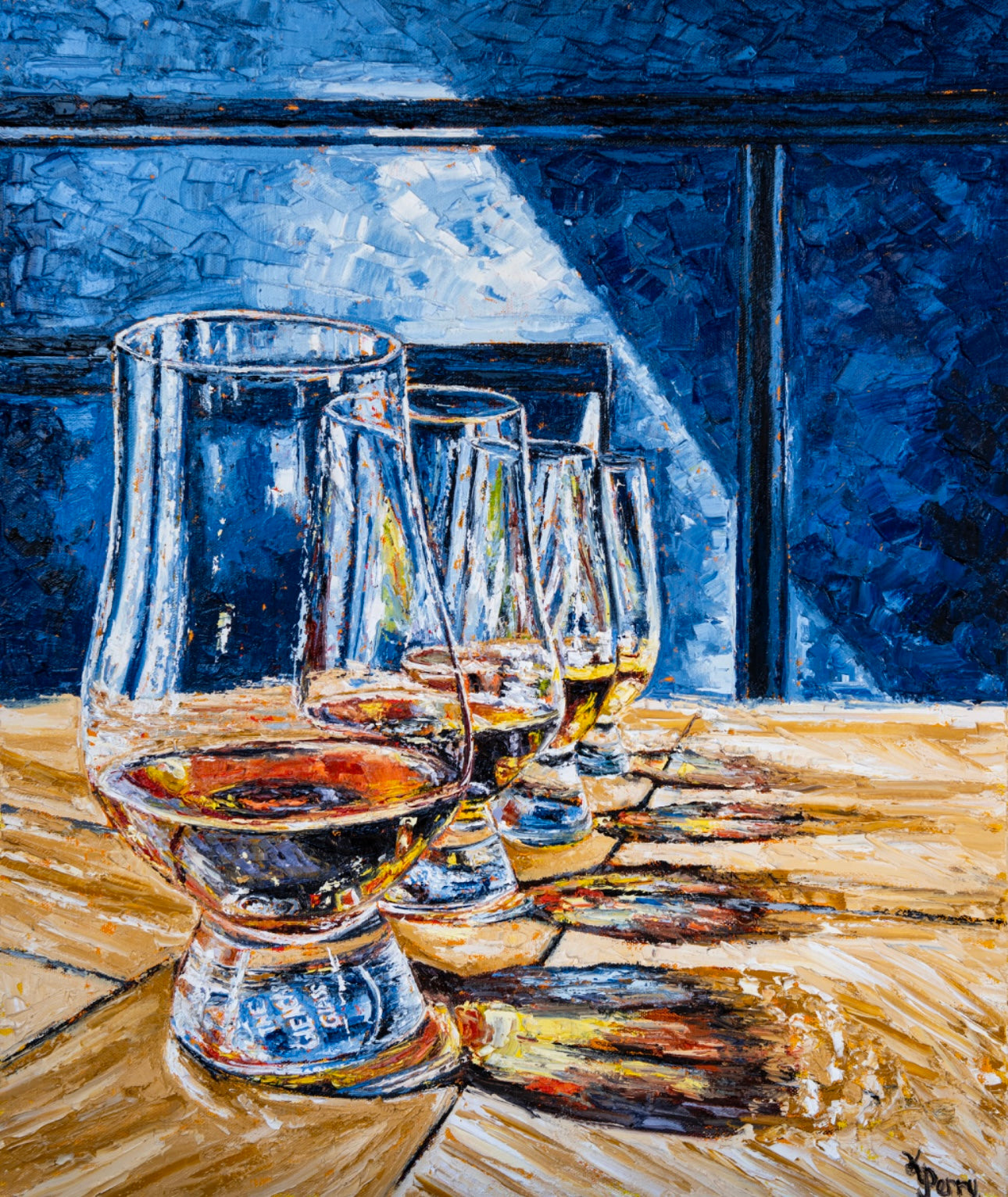The Significance of Whiskey Art in Celebrating Heritage and Workmanship in the Beverage Sector
The complex connection in between bourbon art and the party of heritage and craftsmanship within the beverage industry can not be overemphasized. With thoughtfully developed tags and bottles, scotch brands encapsulate their historical origins and the artisanal abilities that define their manufacturing approaches. This artistic dimension not just boosts market allure but likewise works as an avenue for cultural storytelling, fostering a deeper connection between the consumer and the craft. As we explore the different aspects of this topic, fascinating inquiries regarding the influence of modern-day patterns on conventional practices emerge, motivating additional exam.
The Historical Origins of Whiskey
At the heart of whiskey's allure lies an abundant tapestry of historical origins that map back to ancient civilizations. The origins of scotch can be connected to the distillation techniques of the Sumerians and Babylonians around 2000 BCE, where early kinds of fermented grain drinks started to emerge. It was in the Middle Ages that the art of purification advanced significantly, especially in Ireland and Scotland, leading to the development of scotch as we understand it today.
The term "scotch" itself obtains from the Gaelic word "uisce beatha," suggesting "water of life." This expression highlights the social importance of bourbon in Celtic societies, where it was commonly linked with routines, events, and common bonding. By the 15th century, purification became an identified craft within monastic communities, paving the way for the establishment of legal distilleries.
As trade routes expanded, bourbon's appeal grew, going beyond local borders and capturing the interest of lovers worldwide. Whiskey Art. This historic trip mirrors not just the craftsmanship behind whiskey production but also its essential function in cultural and social contexts, marking it as a significant beverage throughout history
Artistic Expression in Branding
Whiskey branding stands as an engaging intersection of virtuosity and business, where visual identity plays a vital function in shaping consumer understanding. The appearances of bourbon labels, product packaging, and advertising and marketing products show not just the brand name's tale however likewise its core values and heritage. Via artistic expression, distilleries convey a narrative that reverberates with consumers, stimulating feelings and triggering links.
The use of shade, typography, and images in branding serves to set apart products in a saturated market. Typical concepts may evoke a feeling of authenticity and workmanship, while contemporary layouts can represent innovation and forward-thinking. This calculated creative direction enhances brand recognition and commitment, enabling customers to build an individual partnership with the bourbon they choose.
Moreover, artistic expression in branding often works as an event of local heritage. Distilleries often incorporate neighborhood symbols or historical references into their styles, producing a feeling of area that invites customers to take part in a more comprehensive social experience. Eventually, the creativity behind scotch branding not just boosts aesthetic allure but additionally improves the general narrative of the brand name, fostering a deeper admiration for the workmanship and heritage ingrained in each bottle.
Craftsmanship in Container Design
The creativity obvious in bourbon branding extends past visual identity to encompass the workmanship associated with container design. Each container works as a vessel not just for the spirit within, but also for the tale it outlines its origin, custom, and high quality. The style procedure calls for careful interest to information, as components such as shape, closure, and product add substantially to the overall perception of the bourbon.
Craftsmanship in bottle style entails picking top notch glass that can boost the bourbon's shade and quality, while also giving a tactile experience for the consumer. The shape of the bottle should be both cosmetically enticing and useful, often showing the investigate this site heritage of the brand name. Many distilleries select special shapes or printed logos that stimulate a feeling of credibility website here and background.
Moreover, the label style and typography play an important duty in communicating the brand name's story. Limited Edition. A well-crafted bottle not just astounds the customer's eye yet additionally enhances the brand name's commitment to top quality and practice. In this means, the workmanship of bottle style becomes an essential facet of the bourbon experience, combining virtuosity with a profound regard for heritage
Social Relevance of Scotch Art
Celebrating practice and craftsmanship, the social relevance of scotch art goes beyond plain aesthetic appeals, linking with the historical and social narratives of the areas from which it stems. Each bottle functions as a canvas, portraying the unique tales, mythology, and customs that have actually formed local whiskey-making methods. The detailed styles commonly mirror the heritage of the distillers, incorporating symbols and motifs that resonate with the culture and values of their communities.

Furthermore, scotch art plays an important function in public events and celebrations, serving as a concrete web link between people and their shared experiences. By valuing the virtuosity in bourbon product packaging, customers cultivate a deeper understanding and respect for the craft, ultimately enhancing Extra resources their satisfaction of the beverage itself.
Modern Trends in Whiskey Discussion
Over the last few years, the presentation of scotch has evolved to reflect contemporary preferences and trends while still recognizing typical craftsmanship - Realism Art. Distilleries are increasingly concentrating on aesthetic aspects that boost the overall alcohol consumption experience, connecting the gap in between heritage and modernity
Ingenious container designs have actually arised, usually incorporating lasting materials and creative tags that tell compelling tales. Several brands now work together with regional musicians, infusing their items with distinct aesthetic expressions that resonate with consumers. Furthermore, limited-edition launches are often packaged in collectible containers, including worth and allure for aficionados.

Verdict
In final thought, bourbon art serves as an important channel for sharing the heritage and workmanship intrinsic in the drink market. With intricate branding, ingenious container layouts, and culturally significant artistic components, whiskey brands effectively recognize their traditions and connect with customers.


Craftsmanship in bottle layout includes picking premium glass that can enhance the scotch's shade and clearness, while also offering a responsive experience for the customer. In this means, the craftsmanship of bottle design ends up being an essential aspect of the bourbon experience, combining virtuosity with an extensive respect for heritage.
In verdict, whiskey art offers as an essential avenue for sharing the heritage and craftsmanship fundamental in the beverage sector.